8 lost classics of the ’80s, all under $18,000
The 1980s was an odd time in the automotive world: It was a chance-taking era, with multiple entries that really made no sense then, perhaps even less sense now. Automakers and importers tried some things that simply didn’t work, and the failure wasn’t always the car’s fault. Here we present eight cars from the ’80s that could have made a major impact but, for one reason or another, did not.
All the cars are priced at under $18,000, and some quite a bit under that figure. All prices are based on Hagerty’s valuation of a #3, “Good” condition car—better than the average driver, but not a show winner. In other words, nicer-than-normal cars that could make for some interesting transportation.
The model year given is the first year the car was imported to the U.S., but not necessarily the first year it was made. Regardless, our value represents the entire model run of the car, even those that lasted into the 1990s. Here goes . . .
1983 TVR Tasmin 280i — $9100

British car builder TVR has long built some interesting, fun, and usually odd-looking sports cars such as the ovoid TVR Vixen 2500, but the cars got little traction in the U.S. That was supposed to change with the TVR Tasmin 280i convertible, a wedge-shaped, hand-built two-seater designed along the lines of the Triumph TR7 and Subaru XT that was first imported in 1983.
Running gear was a hodgepodge of bits and pieces from an astounding number of other cars—reportedly the ashtray in some later models actually came from the DeLorean DMC-12. The engine was the 2.8-liter Ford Cologne V-6; it was not a selling point to tell buyers the sports car’s engine was fresh from the early Ford Ranger and Bronco II. Transmission was a four-speed manual. Still, the 280i was fun to drive and undeniably distinctive, and many parts are still available—except, perhaps, for the ashtray.
1985 Bitter SC — $15,900

Erich Bitter, who died in July at age 89, was a professional race car driver turned car executive. He pieced together new models largely out of existing models, and his big push came in the 1980s with the Opel Senator–based Bitter SC. The car actually made it to America after the existing coupe was introduced at the 1984 New York auto show.
The Italian body of the SC looked a bit like a period Jaguar XJ-S and Ferrari 400i and was aimed at the Jaguar and comparable Mercedes-Benz and BMW models. Power was from an inline, fuel-injected Opel six-cylinder with either 177 or 207 horsepower, with a manual or automatic gearbox. General Motors tried to place the Bitter in Buick dealerships, but Buick salespeople had no idea what to do with the car. Sales were miserable. Regardless, the Bitter, when new, had an undeniably European luxury-car feel that made for a very pleasant tourer. No reason it still wouldn’t.
1989 Laforza — $9500
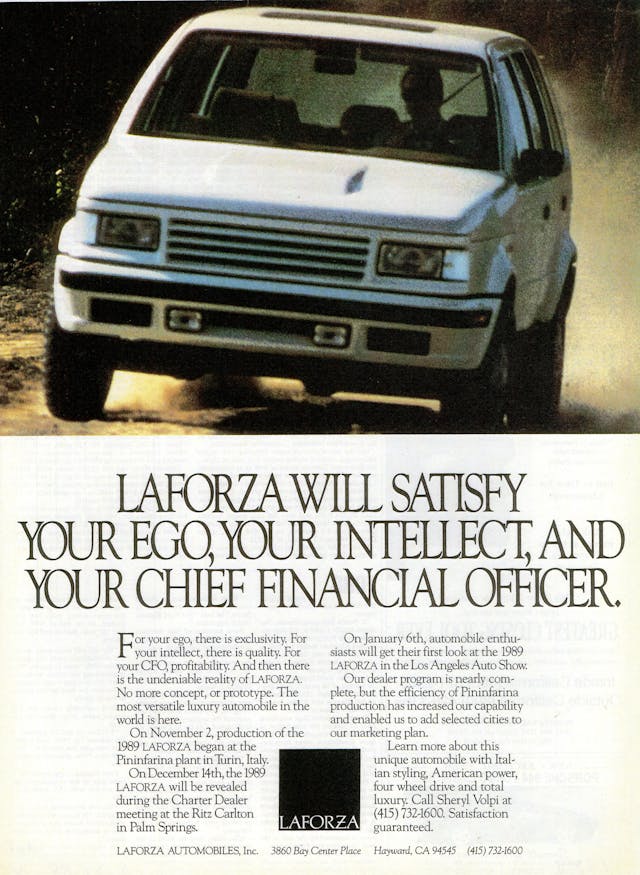
The Laforza was a big, heavy four-wheel-drive SUV that was supposed to take on Range Rover, but it lacked the moxie. It was powered by a fuel-injected 5.0-liter V-8 from Ford with an automatic transmission and a Chrysler transfer case. My overriding recollection of my Laforza drive was some of the worst brakes I’ve experienced in any vehicle, but it could have just been my tester (though it had rear drum brakes and no ABS).
The car began life in Italy as the Rayton-Fissore Magnum, first shown in 1984. The Laforza was built in Italy, with some U.S.-specific parts added by an aftermarket company in Michigan. Rather ungainly-looking outside, the interior was quite nice and had premium appointments. As with so many foreign startups, distribution was a fatal issue for the pricey Laforza. Only 1200 came to the U.S., so they are rare, but one shows up periodically online.
1989 Chrysler Maserati TC — $8500
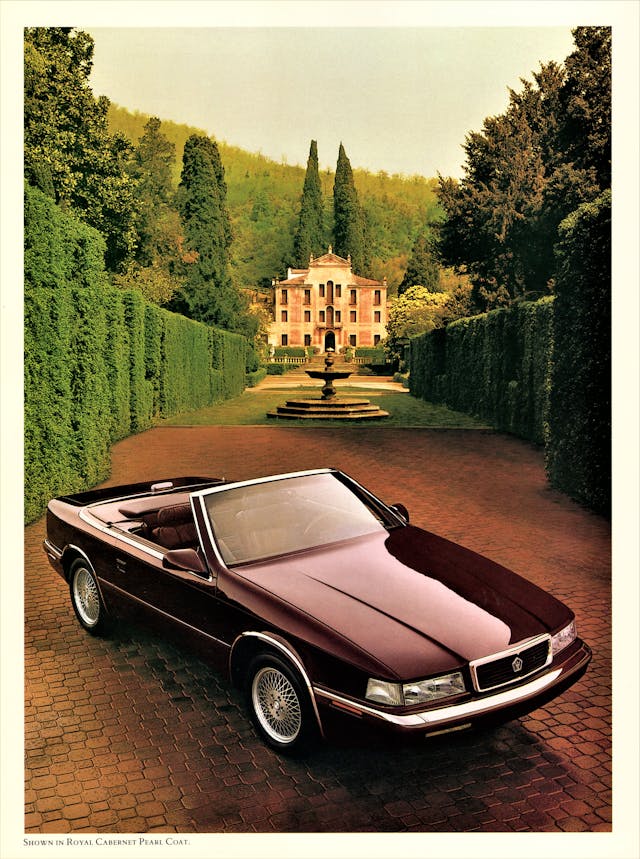
Former Ford executive Lee Iacocca was nothing if not ambitious by the time he took over Chrysler, and one of the things he coveted was a luxury gentlemen’s sports car. And he wanted it fast. The reason the car looks so much like a shortened Chrysler LeBaron coupe is that Iacocca loved the LeBaron; harried designers took the path of least resistance and basically copied the LeBaron, down to some parts and pieces. At least, that’s the story I was told then by a Chrysler executive.
Finally introduced at the 1986 Los Angeles auto show, the Chrysler Maserati TC didn’t show up until late 1988 as an uneasy collaboration between Chrysler and Maserati. The production delays were a standing joke among automotive journalists of the day. The powertrain was a turbocharged 2.2-liter four-cylinder, eventually replaced by a Mitsubishi 3.0-liter V-6. About 500 were made with a manual transmission and a 16-valve Cosworth/Maserati head: These are rare but a lot of fun to drive. Even today, the TC is not an unattractive car, and could be a nice oddball for Sunday drives.
1987 Cadillac Allanté — $8186

Undoubtedly the most outrageous grandstand play of the 1980s was the Cadillac Allanté. No expense was spared, especially with the bodies, which were made by Pininfarina in Italy and flown to Michigan 56 units at a time on specially equipped Boeing 747s. The car was remarkably expensive at about $57,000, or $150,000 in today’s money, though it is now the cheapest car in this list. The only option was a console-mounted cellular telephone.
The Allanté was exclusive, but not necessarily by GM’s choice, with only about 21,500 produced in seven model years. The two-seater shared some parts and a basic platform with the Cadillac Eldorado, and the powertrain was a slightly modified 4.1-liter Cadillac V-8 with an automatic transmission. In 1993, the Allanté got the more powerful 4.6-liter Northstar V-8 (below), but by then, its fate was sealed.
The Allanté was not really a failure: It drove, then and now, like the elegant roadster it was designed to be. But the massive depreciation tells the story—it was too expensive, too complex, too ambitious.
1989 Lotus Elan M100 — $13,100
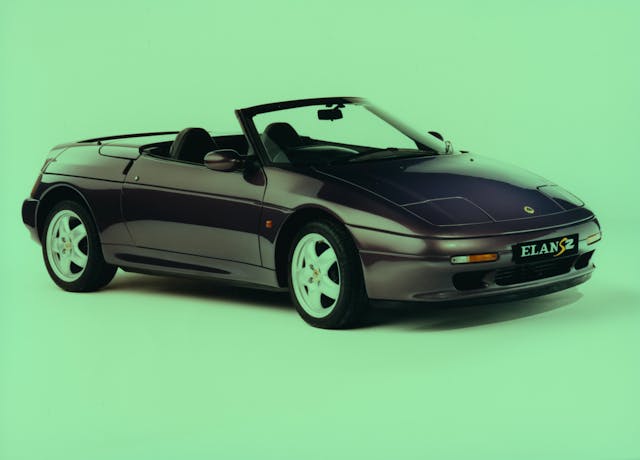
There was an interesting partnership between Isuzu and Lotus in the 1980s: Lotus engineered the suspension, quite effectively, for the little Isuzu I-Mark and the sporty two-door Impulse. Isuzu customers were impressed by Lotus, but Lotus customers not as much by Isuzu. Nearly 15 years after the last Elan—some would say the last real Elan—was sold, this Elan was front-wheel-drive and powered by a turbocharged 1.6-liter four-cylinder built by Isuzu but lightly modified by Lotus. The manual transmission was also by Isuzu.
Not surprisingly, Lotus loyalists were not amused, though the engine and transmission worked well. Many reacted as if International Harvester built the powertrain. The Elan’s styling wasn’t bad, but it arguably looked too much like the unloved Mercury Capri. To make matters worse, the Elan was introduced at about the same time as the Mazda Miata, and the market could absorb just so many small sports cars. This Elan had a lot going for it, but only 560 made it to the U.S.
1985 Merkur XR4ti — $9400

Ford had a roster of semi-sporty cars in Europe, and executives saw no reason why they wouldn’t work here. So they sent over the Merkur XR4ti which was supposed to take on the BMW 3 Series, and the Scorpio, targeted at the 5 Series. Both missed the target.
Ford’s Bob Lutz, fresh from a stint in Europe, was a fan of the European Ford Sierra, and reasoned that a version would do well in the U.S. It had a turbocharged, injected (hence the “ti”) 2.3-liter four-cylinder, essentially the same engine used in the Ford Mustang Turbo GT and Thunderbird Turbo Coupe. The hot ticket with the XR4ti was the five-speed manual-transmission cars because they had 175 horsepower, compared to a soggy 145 for automatics. Some of those three-speed automatics actually ended up in rental fleets.
The cars were continually upgraded but by 1989, Lutz’s European experiment was over, one reason being that few buyers looked to Mercury dealers for a BMW alternative. (The larger, four-door Scorpio lasted only two model years, 1988–89.) The XR4ti was a fun car while it lasted.
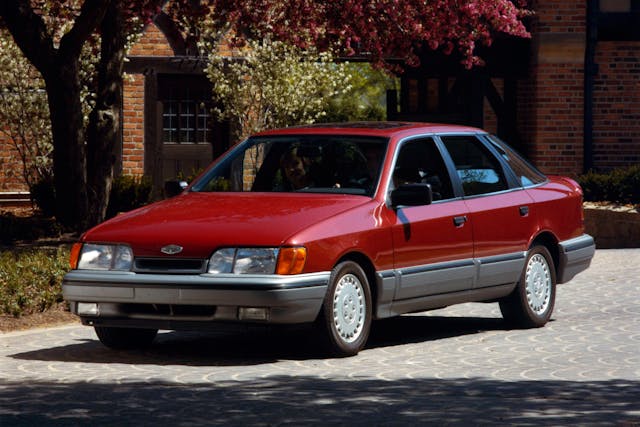
1983 Bertone X1/9 — $17,900
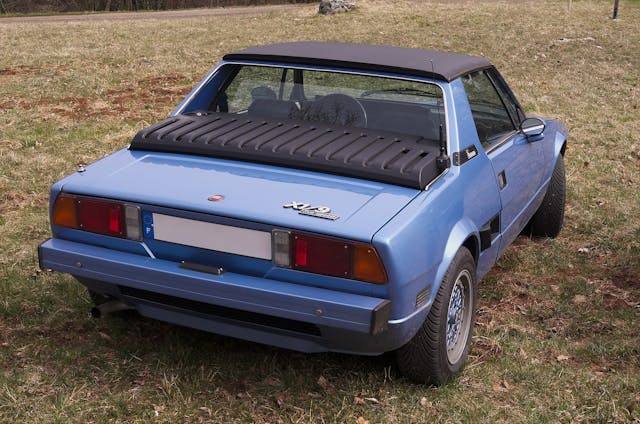
Malcolm Bricklin, the Orlando hardware store chain owner, wanted to be an automotive magnate, and he started by engineering the first importation of Subaru. From then he went on to build his own sports car, the interesting Bricklin SV-1, and to import the Yugo, a small car from Yugoslavia. It cost $3995 and was not quite worth the money. Then he set his sights on the Fiat X1/9, a midengined sports car that was a modest success in the states until Fiat quit importing it in 1982.
Bricklin arranged for the car to continue sales in the U.S. under the aegis of International Automobile Importers, dropping the name Fiat and calling it a Bertone; after all, Bertone now built it. IAI imported the X1/9 until 1987, and then for two more years, an X1/9 dealer in California imported some himself. The mid-engine sports car was arguably ahead of its time, and its long 15-year history in the U.S. meant aftermarket parts were available. The 1983 model had a 1.5-liter, fuel-injected four-cylinder and a five-speed transmission; it wasn’t fast, but handling was so good you’d think otherwise. More than 100,000 were imported to the U.S., but the little car is all but forgotten today.
***
Check out the Hagerty Media homepage so you don’t miss a single story, or better yet, bookmark it. To get our best stories delivered right to your inbox, subscribe to our newsletters.
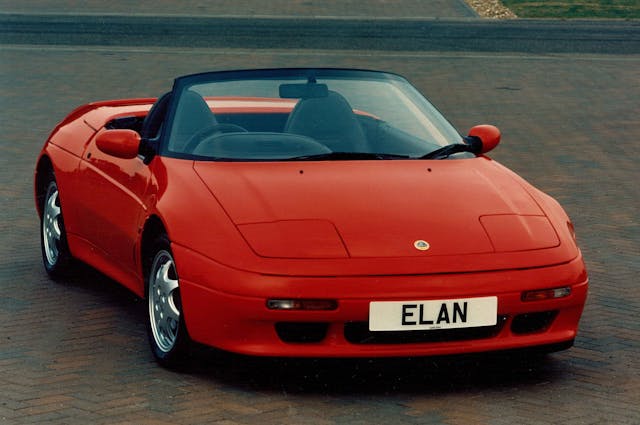
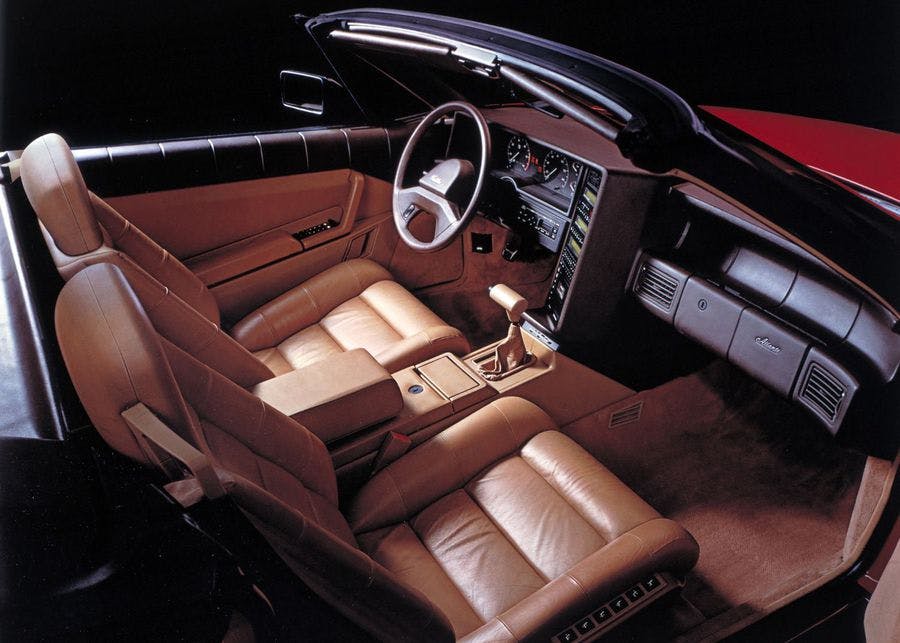
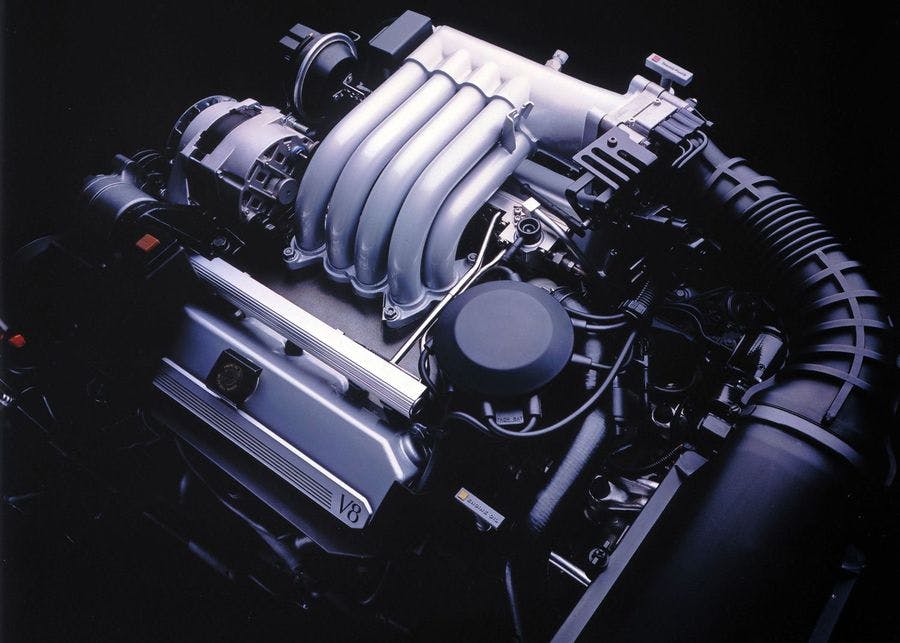
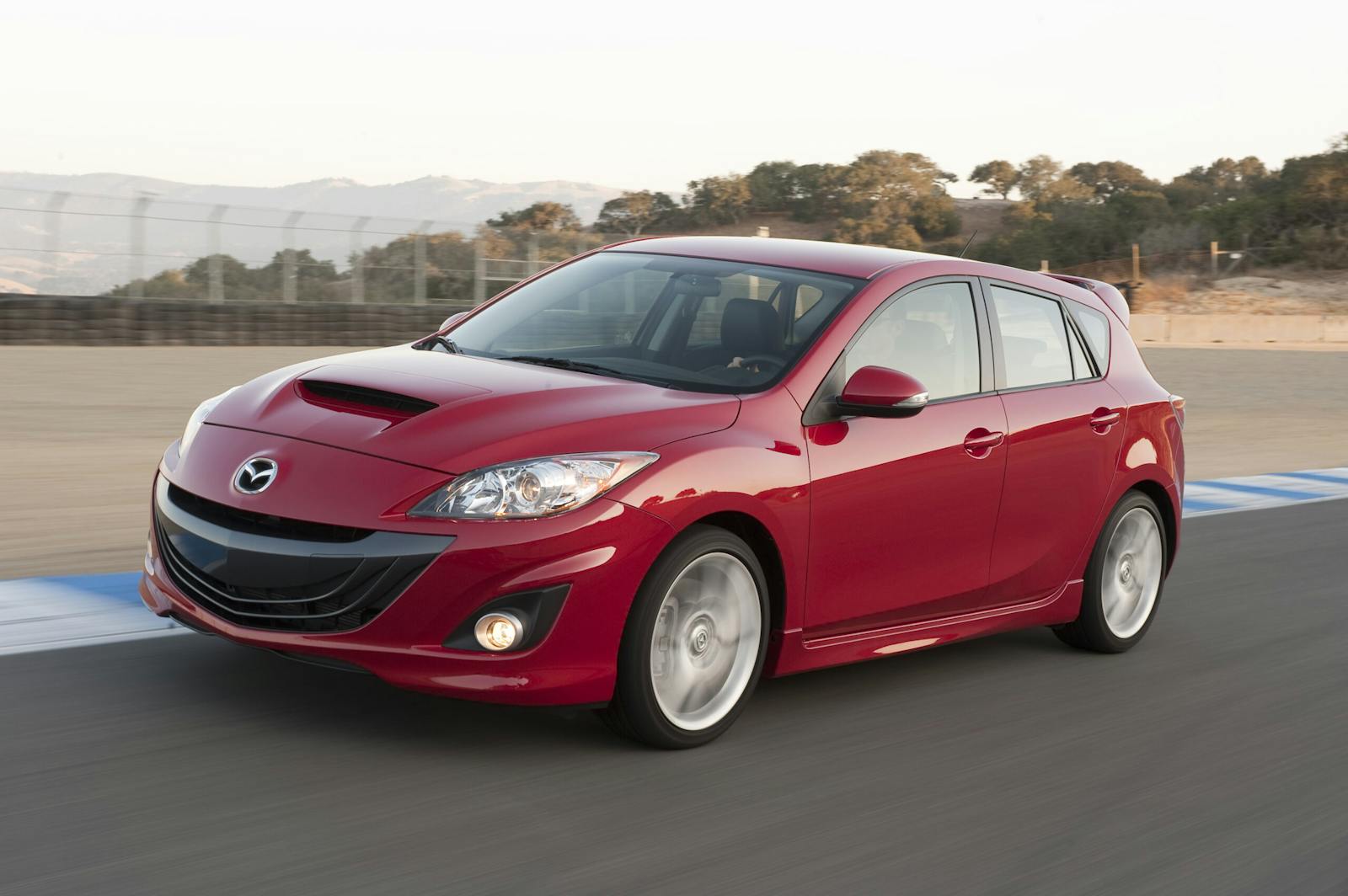
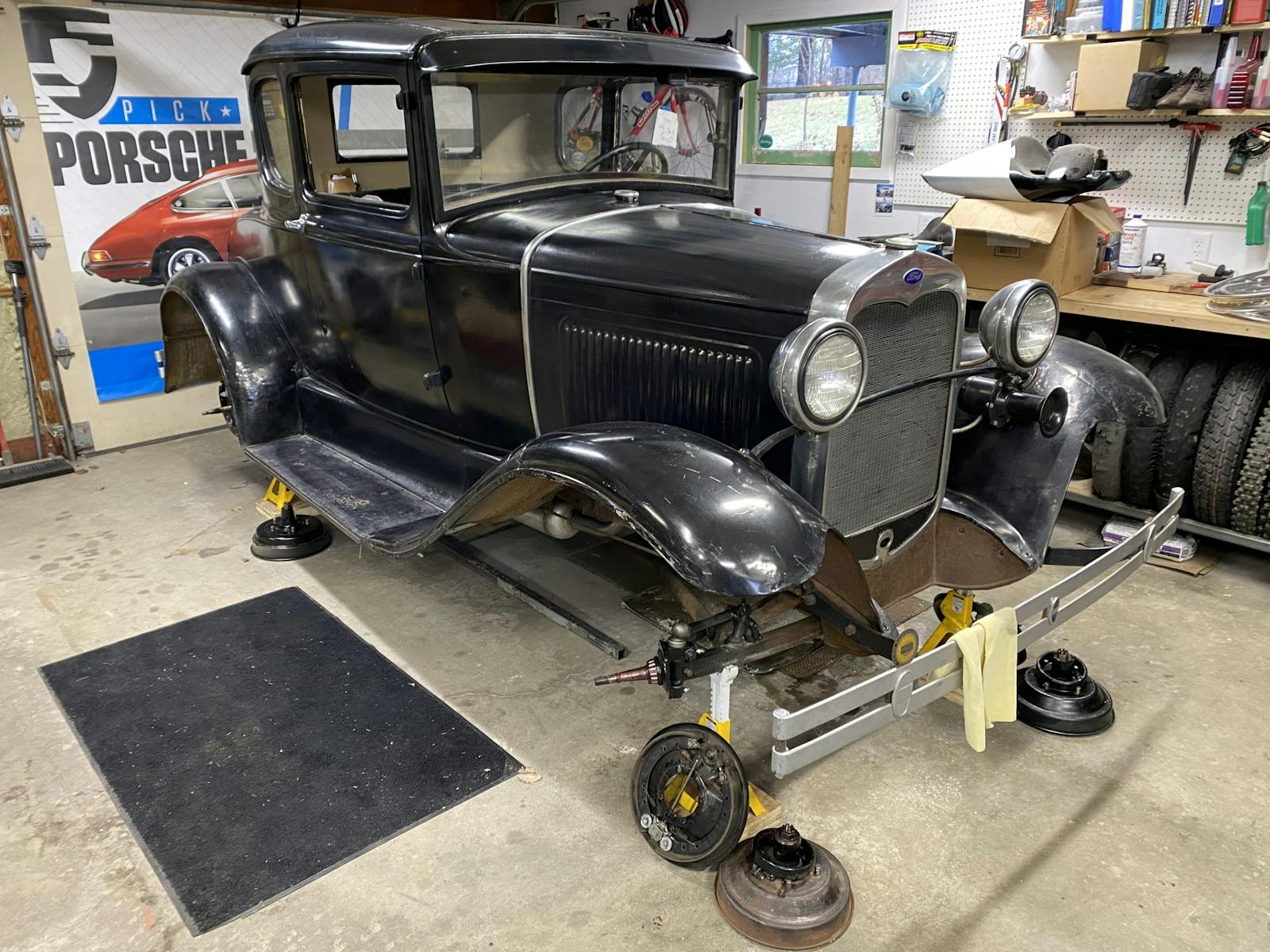
The X1/9 is arguably the best of this lot. Decent parts availability, exceptional owners community, mini-Ferrari style and handling. If you can fit in one, find the best one you can afford and you’ll wonder why you didn’t do it sooner.
I like the comments……. would a real car person say “scrap them all”?
If you want an older car that has lots of replacement parts then go for the Corvettes, Mustangs etc…
and just be part of the crowd at a car show. I love the cars and coffee, and other shows that offer no
trophy’s because people will bring a out of the unrestored vehicle that would not win a prize at a show.
I lived in the Corvair world for years, owned many, collected parts and defended them. Still love to see
them and have you noticed the prices lately? Presently I have adopted Buick Reattas…. well made, semi-premium vehicles. Low production and shared lots of parts with Buick Rivieras. The time to get a future collectable is before the rest of the car world discovers them.
I always wanted a SBC Chevy converted Corvair, but now, the Aurora V8, 3.8SC V6, and even the turbo 4 from the Cobalt SS look like good transplant candidates. And the Cobalt came with a manual transaxle, making that change easier. Still thinking…
A list of uglier car’s mislabeled as potential classics has never been compiled.
I briefly owned a Merkur. Very fast when the turbo worked. I left it at the side of the road and told my mechanic if he retrieved it he could have it. I also told him I NEVER wanted to see that car again.
One X1/9 was enough for me. My wife fell in love with one & I bought it for her. Taught her how to drive a manual in it. My back still hurts from the “last ride” in the X1/9. Going over some rail road tracks and I fell through the floor. If i had been going any faster I would not be writting this.
My choices would be: Allante first, Elan second, TC third. No “Murkurs” and their bi-plane spoilers, please.
I was a Cadillac service representative in LA in the early 90s. Many of the Allantes that were sold new originated via LA. Much of the car was donated from other Cadillac models with the exception of body and trim parts. Those Pininfarina pieces were outrageously expensive 30 years ago, but probably fall into the “unobtainium” category these days. Loved the 1993 version the best. Not a real sporty car (say compared to a Porsche), but cruising around with the top down, the smell of the leather interior and that V8 rumble … awesome.
I don’t recall any Lotus Elans being imported until 1991–at a list price of $40,000.
I had a X19 back in 1980. Fun, great handling, but so slow that if you wanted to pass an Oxcart you would have to send a letter in advance.
Why….is this entitled “8 lost classics of the ’80s, all under $18,000?”
Why not “8 lost cars of the ’80s, all under $18,000?”
Why are we calling everything out of the Kelley Blue Book “classic?”
What’s wrong with novel, unusual, interesting, noteworthy cars,
or simply c a r s ?
IMO every one of these are junk, they weren’t nice to begin with especially the Cadillac and the dodge – both of these are junk! I worked for Cadillac many years ago and worked on these Allantes – they had more TSBs and problems, the parts are stupid expensive and the car has always been a rattle trap. The car came with a GM 6 cyl, not impressive to say the least or some with the POS NorthStar oil leaking, overheating, head gasket blowing engines. . Some people think these are still a collector cars, what a pile of crap!.
LOL….And the Allante was stupid expensive to buy brand new!
Wasn’t the Cadillac Allante with the NorthStar engine the car where GM decided to mount the starter motor buried in the back of the intake valley UNDER the intake manifold!!??
Pure Genius!!
they did not come with a GM 6 cyl. so you don’t know what you are talking about. Don’t know what you worked on and you apparently don’t know either. They had a 4.1L v8 first, then upgraded to a 4.5L then finally the Northstar in ’93, the last year.
May explain the reliability and maintenance headaches if the Caddy Techs were unsure of the mechanics of the beast. Every car, if kept long enough, will show its’ weaknesses.
Was this Article written by an A. I. Robot ? ALL of those vehicles are not worthy of being exhumed. Let them rest and rust in peace in the forgetville cemetery.
A large assemblage of underwhelming autos if ever was one. Let’s start at the Fords: from the Taunus to the many things called Capri ( sexy european indeed) most imported fords suffered from “better Ford ideas” but pissed off dealers, poor parts support and not as good of build quality as MB/BMW. Fiats are Fiats and they will cause joy and sorrow in the same moment. Especially if its a long walk home. Never saw a Bitter but wife and I have had over 10 Opels over the years so she could be tempted. She liked that recent Buick/opel wagon but its GM heritage and subsequent poor repair history doomed it .Allante ? nope- too GM like. I worked at Mopar during the TC days and we were all excited when we saw the Coswoth head service books but wrinkled our noses at the Mitsu 3.0 that was in the Voyager. snore…Reatta maybe as my friend has 3 and he gets them repaired buthe lives in rural Indiana. ….Lagarza? Hunh ? If you want a cheap fixable toy go with the X 1/9 Fiasco.
…I had a 1986 Merkur XR4ti when it was new – something was always going wrong with it – thankfully, because I worked for Lincoln-Mercury’s ad agency at the time – several of my friends also had one about a year before I got mine – so I knew what to expect to break, and what the fix was, so I could refer the L-M dealer service dept. to the service bulleting to fix it under warranty! The electric fan would run after you shut the car off on hot days – problem was the switch would stick open, and you’d come back a couple of hours later to a totally dead car…have to push start your new car with the 5 speed manual! These cars also lacked the turbo intercooler that the T-Bird Turbo Coupe, and Mustang SVO had – so they weren’t as powerful…with that big green house and the A/C on, they were real dogs unless you were between 3,200 and 4,100 RPM – where turbo boost was the best. After two years, I traded the thing and got a new Mustang GT 5 speed – much better and more powerful car – and more fun to drive too!
At one time or another, Hagerty has referred to these cars as dogs and with good reason.
I had an Allante once upon a time. I couldn’t get rid of it fast enough. A sports car it was not and never will be.
The true value of these cars are highly fabricated just as beanie babies were .